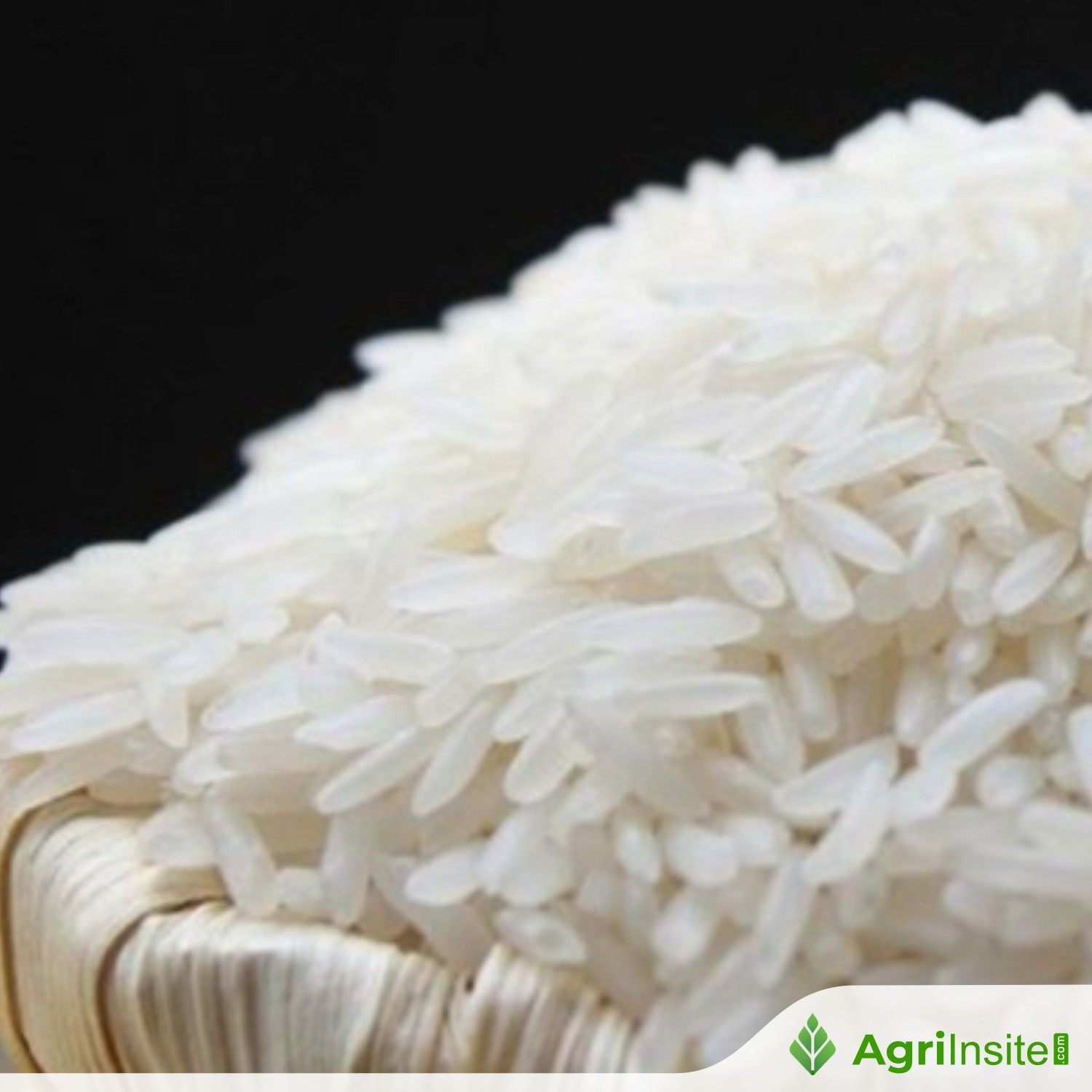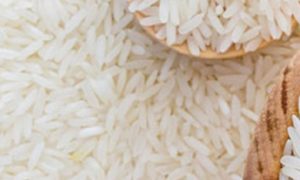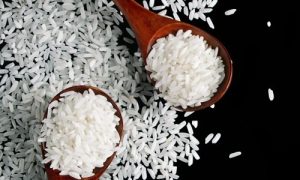Segregation of broken rice : Centre’s pilot project to improve foodgrain quality

The Union Ministry of Consumer Affairs launched a pilot project to segregate broken rice from stocks handed over to the Food Corporation of India (FCI) to improve food quality and ease storage issues in the public distribution system. Four states—Punjab, Haryana, Telangana, and Andhra Pradesh—will mill 10,000 tonnes of paddy each, separating broken rice for ethanol production and public consumption. This initiative aims to reduce storage space requirements and enhance rice quality.
The Union ministry of consumer affairs, food and public distribution initiated a pilot project last week to segregate broken rice from the stocks handed over to the Food Corporation of India (FCI) by rice millers. This has been done to improve the quality of foodgrain (rice) supplied to consumers and to ease storage woes under public distribution.
Four states, Punjab, Haryana, Telangana and Andhra Pradesh have been asked to mill 10,000 tonnes of paddy each and segregate broken rice.
The paddy stocks have permissible limits of 25% broken rice when shelled, which has now been mandated to be separated by the Union ministry. From 100 kg of paddy, 67 kg of rice is recovered, which has 17 kg (25%) broken rice content out of which 10 kg broken rice will be separated to be sold to rice processing and ethanol industry. The remaining 7 kg of broken rice will be mixed with stocks for the public distribution system (PDS).
“This would ease storage woes and improve quality of rice for public consumption,” said the director, food and civil supplies, Punjab, Puneet Goyal, adding that after conducting the pilot project, a report would be sent to the ministry of food within 15 days.
He added that the new method would cut storage space requirements by 15%, which means if 180 lakh tonnes paddy is procured in the kharif season and 120 lakh tonnes paddy is shelled, a storage space of 100 lakh tonnes will be required. The move of segregating broken rice will also improve the quality of edible rice.
Also, it is expected that ethanol producers who have been asked to buy PDS rice for bio-fuel production might get raw material at a cheaper price. Currently, the FCI has offered a quintal of rice at ₹2,320 for ethanol production. In the wake of short supply of maize for ethanol production, the industry has been demanding release of rice as an alternative raw material.
The state’s godowns brimming with foodgrains stocks, particularly rice, which contains at least 140 lakh tonnes of foodgrains (rice 110 lakh tonnes and wheat 30 lakh tonnes), is already stored in state godowns and around 115 lakh tonnes of freshly shelled rice is ready to find its way into granaries.
Moreover, the state government is expecting to procure 120 lakh tonnes of wheat starting from April 1. Punjab has a capacity to store only 174 lakh tonnes of foodgrains.
According to sources in the state food and civil supplies department, it is yet to be known how to dispose 10 kg broken rice segregated from the main stocks, as while the pilot project is being conducted, rice millers have been asked to keep the stocks.
To read more about Rice News continue reading Agriinsite.com
Source : Hindustan Times














